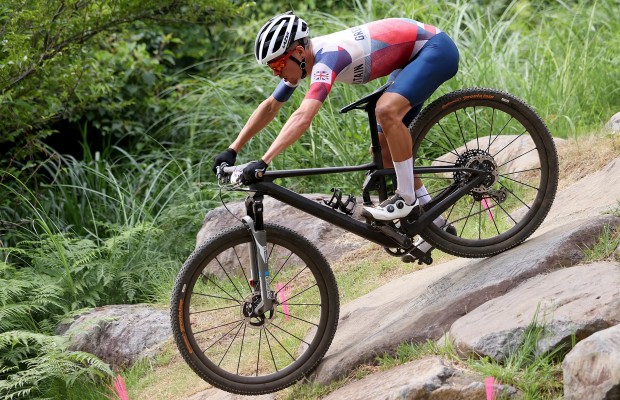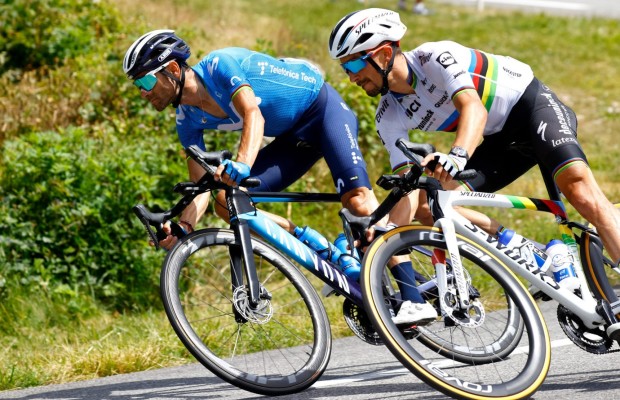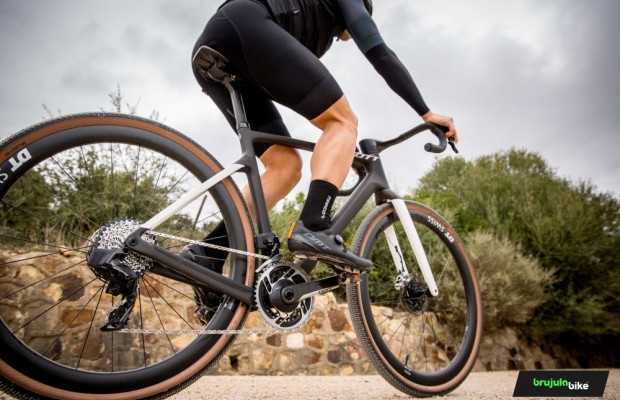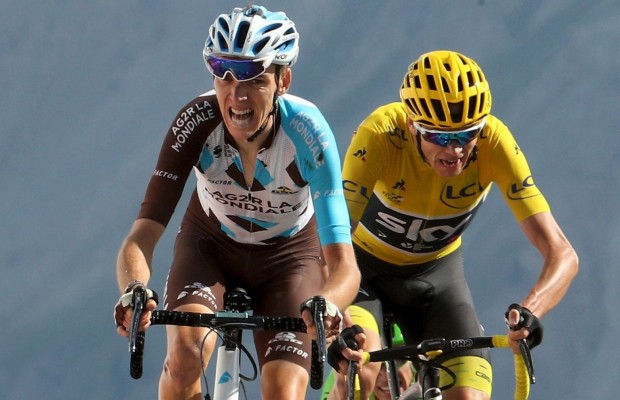Shimano patents induction charging system that works on the move
Shimano has patented a system for charging different electronic components by electromagnetic induction. The devices would be powered by a central battery, so they would no longer have to be charged separately. This innovation is intended for le-bikes, although it could be transferred to other bicycles.

Shimano and induction charging patent
The system developed by the Japanese company would make it possible to charge most of the electronic components of an e-bike by electromagnetic induction from the central battery. Let's take a step-by-step approach to understand how it would work and what implications it would have.
With this technology, therefore, the batteries of components such as the electronic derailleur or seatpost would be charged wirelessly by induction. Shimano engineers have designed this electromagnetic induction charging - which is done while riding - to operate at a frequency between 100 and 200 kHz.
RECOMENDADO

Change wheels if you want to transform your bike's behavior

What bike size do you need? Here's how to find out

How does age affect performance and recovery?

10 tips for safer and faster downhills on road bikes

The best gravel groupsets of the moment

How to lose body fat? Differences between losing weight and losing fat
In this way, it will not be necessary to charge everything that runs on battery power in advance. With the system proposed by Shimano, it will be enough to charge the central battery and from there the charge will be distributed to the rest of the components.
The only component that cannot be powered by induction is the rear derailleur (apart, of course, from the central battery, which cannot be charged by this method either).
Another benefit would be the lightness of the components. As its batteries could be constantly powered, they could be smaller in size than they are today.
The system is designed for MTB and road bikes, although it is easy to assume that it will not be difficult to adapt it to other types of bikes, such as gravel bikes or cargo bikes. For road bikes, Shimano explains that the components that could benefit from this charging method would be the front derailleur and a light. With regard to MTBs, the range of possibilities is extended and the electronic dropper post, a light and both the front and rear suspension could be charged with induction.

Remote induction
Shimano has to deal with one of the drawbacks of induction charging, which is that it requires the two devices (the one charging and the one receiving the charge) to be in close proximity. That is, a much shorter distance than the distance between a bike's battery, located in the down tube, and the light, suspension or derailleur.
To overcome this difficulty, a cable would be needed to route power to the appropriate component. The Japanese invention would remove the hassle of having to charge them all separately, but using more cable than is now necessary could lead to other problems: the internal cable routing would be more complex.
However, Shimano clarifies in the patent that the system would allow components to be loaded at a distance of between one and two metres. A rather ambitious figure, but one which, if true, would solve this problem.
It seems likely that this innovation could be incorporated into non-electric bikes without much difficulty. This would require a battery, although it would be much lighter and smaller than on an e-bike, as it would only need to power the components.